Our new article is dedicated to the Peloponnese, to its manners and customs related to the Triodion and Carnival, based on the Greek book Εδεσματολόγιον Πελοποννήσου by Efi Grigoriadou published by Savalas Publishers. From the various recipes in the book, we chose the traditional walnut pie with extra virgin olive oil.
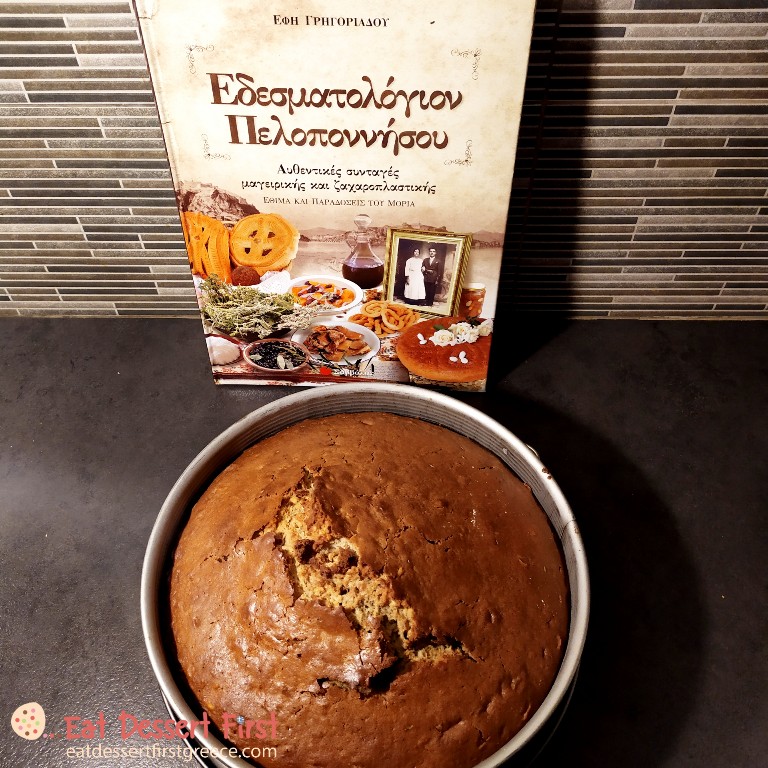
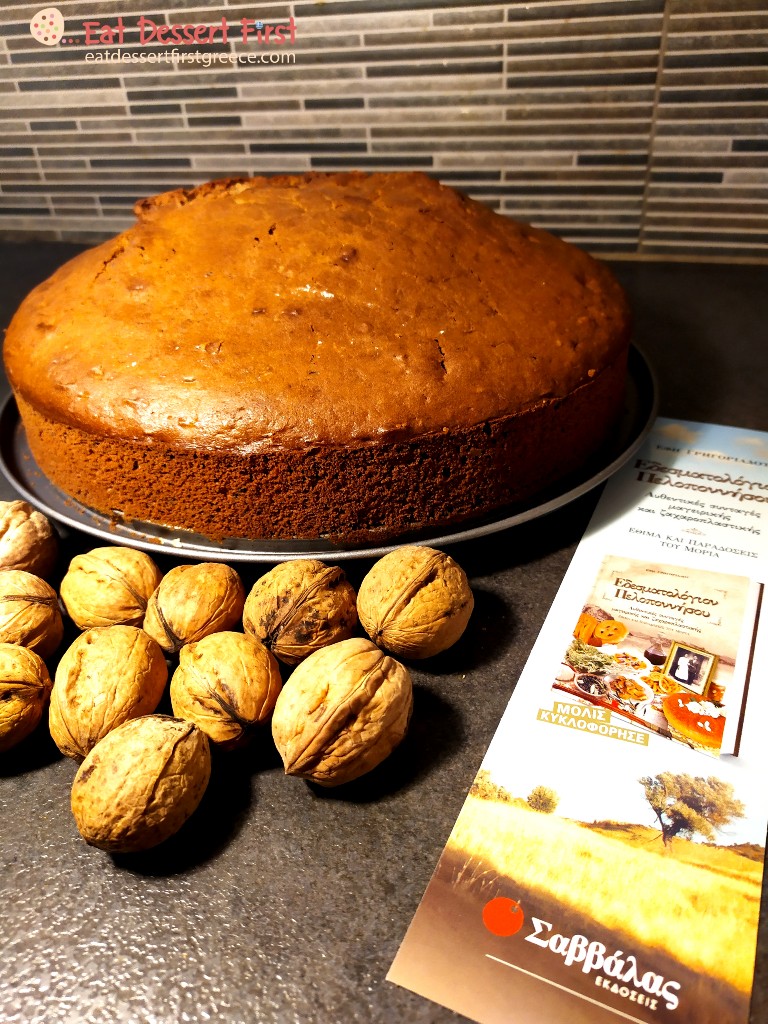
From the rich content of the book we chose, since the Triodion begins, to dwell on the manners and customs related to Triodion and Carnival. This year’s Triodion begins on February 21, three weeks before Shrove Monday (Kathara Deytera), and the beginning of Lent. According to the Εδεσματολόγιον Πελοποννήσου Carnival means turning away from meat, and a preparation for man to experience the Divine Passion and the Resurrection of Christ the Savior.
In the Orthodox Church, the celebration of Carnival begins with the opening of the Triodion and marks the entrance to the Lent (Sarakosti). As we have learned, it includes three Sundays, each with its own meaning. The first Sunday reminds Christians of the virtue of humility. Second Sunday emphasizes the value of repentance and forgiveness. The third Sunday, refers to the Second Coming and it is the last day we eat meat. The Saturday before this Sunday is called Psychosabbath or Sabbath of souls, during which those who for various reasons have not been commemorated are commemorated.
From a folklore point of view, the Carnival period contains various customs and events, masquerades, bad language, feasts, dances, songs and entertainment. The roots of Carnival are in the festive events of the Ancient Greeks that took place in honor of Dionysus in early spring, in order to ensure a good year for themselves, their fields and herds.
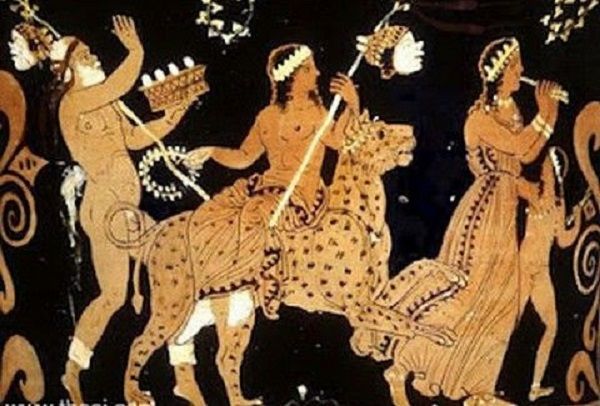
In Amaliada there is the custom of the bellman who walked around with his donkey, that is, two disguised men, and chanted the beginning of the Triodion.
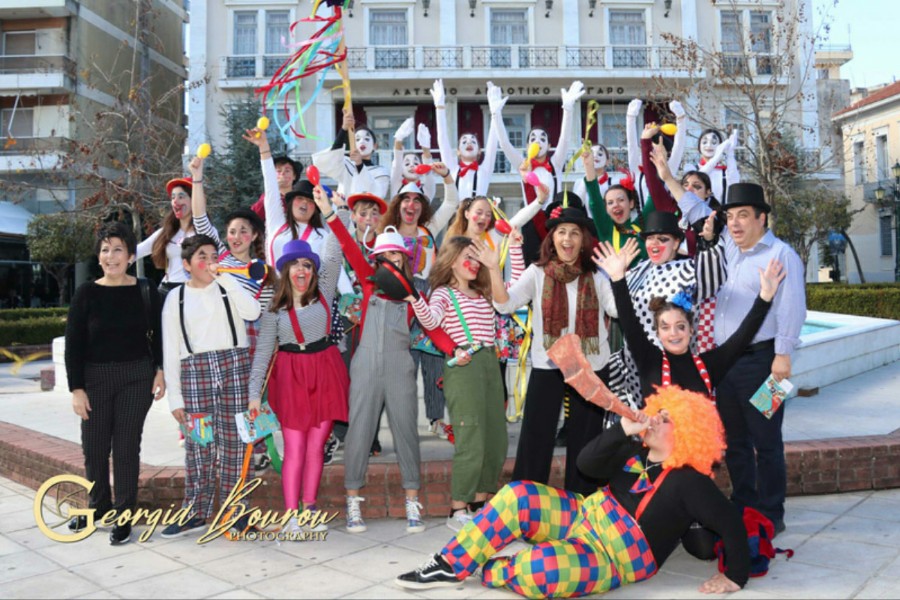
The second week, Kreatini, is also called arsi-vurtzi, which means up and down, because the fast of Wednesday and Friday is catalyzed and we eat meat all week. This week is Tsiknopempti, a Thursday on which we eat a lot of grilled meat.

The third week is called Tyrini or Makaronou. It is the stage of preparation for Lent, during which the consumption of dairy products is allowed, but not meat. In the province the shepherds supplied the houses with milk and the housewives made cheese pie, milk pies, yogurt etc. On this Sunday, unmarried girls secretly took a spaghetti and put it under their pillow to dream of the man they would get.
Another custom was playing with eggs. They cooked for each member of the family an egg on the embers and gave different interpretations depending on how it was cooked. In the end, the father hung a boiled and cleaned egg with a thread and the children with their mouths open tried to catch it. We read elsewhere that if the egg was sweaty the holder would have health and happiness, if not then he would face diseases and difficulties. If the egg exploded, it meant that the owner’s enemies had exploded.

Then came Shrove Monday (Κathara Deftera), which marks the beginning of the great fast of Lent. In the Εδεσματολόγιον Πελοποννήσου we read that the housewives cleaned the kitchen utensils well from grease and any meat residues. The food was simple, without oil, with lagana, halva, tarama, salty olives, lettuce, boiled potatoes, legumes and spring onions. They even chose to eat in the countryside -the so-called kouluma- to be closer to nature.
One of the customs in Pylos was the rolling of sarakostokouloura, a type of bread shaped round. If it goes right it means that it will be a good year and the house will go well, while if it goes left it will be a bad year and it will not have many births.
In the mountain village of Nedousa, Messinia, northwest of Taygetos Mt, on Kathara Deftera, an authentic, rural event takes place, aiming at the good year. In recent years it has become known and hundreds of lovers of our tradition flock to see it. The rural carnival of Nedusa is a kind of street theater, which is improvised by the troupe. What makes the carnival special are the primitive disguises, the group smudging of the members of the troupe, the agermos as is called a circular procession from house to house, the dance of the goats who are members of the troupe, the plowing which is a representation of plowing and seed, the marriage that causes plenty of laughter, as well as the murder of the groom, the funeral, the mourning and the resurrection. All this is described in detail in the Εδεσματολόγιον Πελοποννήσου.


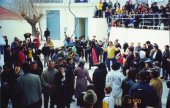
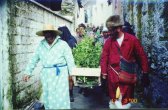

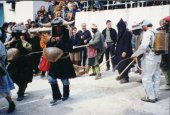
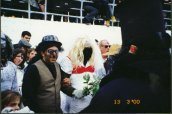

Another event that we found in the Εδεσματολόγιον Πελοποννήσου is organized on the last two carnival Sundays in the village of Myrsini in eastern Mani. It is called Moskara and represents the marriage of the Young male and the Young female. Only disguised men take part in the event, who pretend to be the groom, the bride, the thieves, the doctor, the old Vlach, the old man, the Arab, the gnostic and the madman.
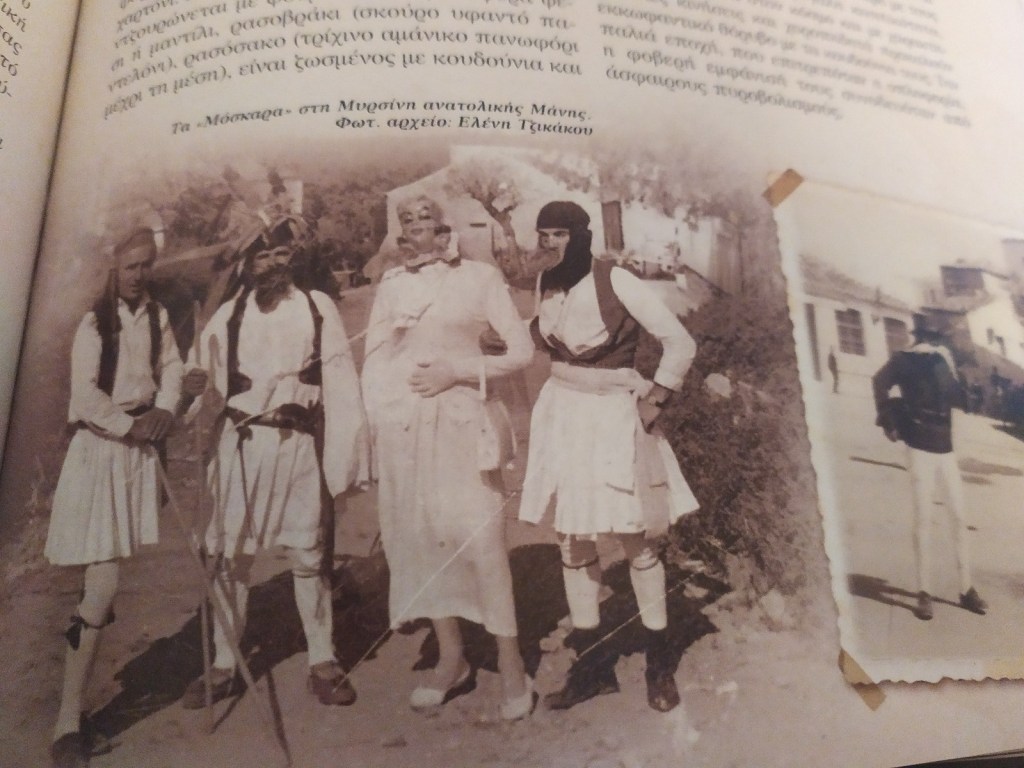
In Methoni, Messinia, the carnival wedding performance of the marriage of Koutroulis is revived, which represents the struggle of Ioannis Koutroulis to marry his beloved in the 14th century. All the protagonists are men and the wedding follows the whole ritual, such as the traditional feast on the eve of the wedding, the presentation and the sprinkling of the dowry. On Kathara Deftera afternoon, the troupe organizes a show with scenes from the couple’s life, with teasing, jokes and satirical dialogues, along with current affairs topics that provoke laughter. Finally, the wedding party takes place with song, dance and fasting food. Today, when we use the phrase as a proverb, we read that Koutroulis name is emphasized, which is synonymous with noise. In recent years the phrase has survived thanks to the homonymous, satirical, theatrical work of Alexandros Rizou-Ragavi of 1845, with which he satirizes the political morals of the time of Otto.

According to the Εδεσματολόγιον Πελοποννήσου, in Arcadia, Achaia and Ilia they celebrate carnival in disguise in boules or barbutes. Masquerades wear old clothes that do not fit together, even animal skins, hang bells and cover their face with a cloth or smudge. The groups go from house to house without talking so as not to be revealed. People try tricks to get them to talk. In the afternoon, the Boules and other people gather in open places and squares where fires are lit. Around the fires they dance, have fun and tell satirical jokes.

In Dimitsana they have an original event, Makaronas. Every year, young people make the model of Makaronas with great secrecy. In the morning, Makaronas is escorted on a donkey accompanied by black-dressed masquerades and his wife. The dummy is hung in the middle of the square and the masquerades dance and sing. There is also a “court” of the elders and the verdict is always the same: To burn in the fire. In the past, this custom took place on Kathara Deftera, but nowadays it is established on the Sunday of Tyrini.
But of course the most famous of all is the Carnival of Patras. Due to the communication of its port with neighboring Italy, it was influenced by the Venice Carnival. But it became a special event with its own physiognomy. The parade we admire every year was established in 1870. Earlier, masquerades were organised in houses, cafes and taverns. In 1951 the Municipality of Patras undertook the organization of the carnival and since then its spontaneous character ceased. 1974 was the first year that the masquerades paraded on foot, while until then they only paraded on the chariots. Since then, the carnival is constantly evolving and is a top cultural event.

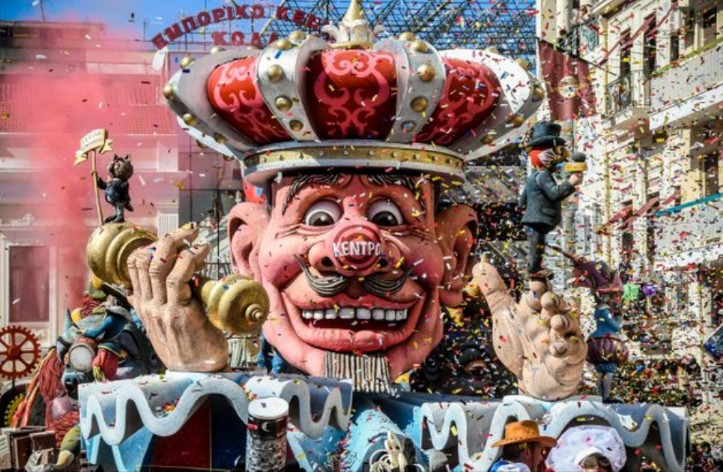
We will close the short trip to the customs and traditions of the Peloponnese with the Venetian carnival of Nafplio, which due to the long presence of the Venetians in the city, combines elements of Greek traditional celebration with elements from the Italian improvised comedy known as Comedia dell’ arte with the Harlequin, Columbine, Pierrot and others.
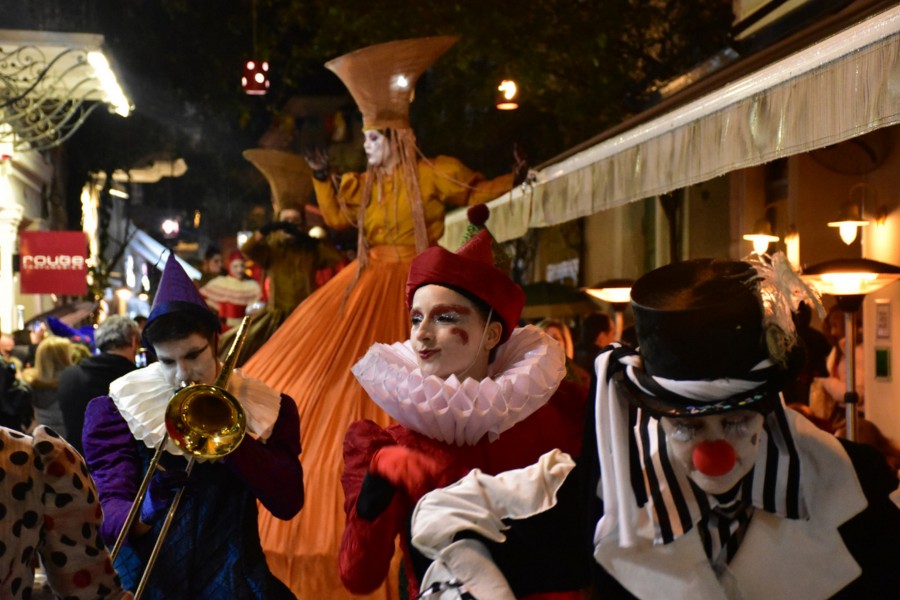
And because the multi-varied Εδεσματολόγιον Πελοποννήσου, in addition to information and stories also has authentic recipes, we decided to try a walnut pie with olive oil, without syrup, which impressed us… and it turned out perfectly!

Walnut pie with olive oil
*We translate the recipe as it is included in the book.
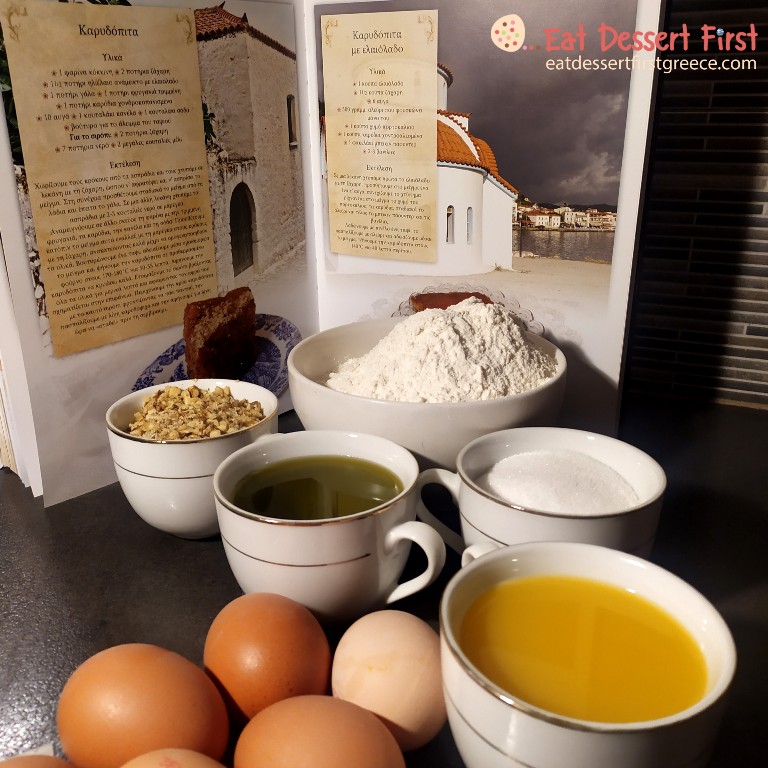
Ingredients
| Olive oil | 1 cup |
| Sugar | 1½ cup |
| Eggs | 6 |
| Self-raising flour | 500 gr |
| Orange juice | 1 cup |
| Chopped walnuts | 1 cup |
| Baking powder | 20 gr |
| Vanilla |
Implementation
In a bowl, first beat the olive oil with the sugar, add the eggs one by one to the mixture, continue the beating, adding the orange juice, the nuts, gradually the flour and finally the baking powder and the vanilla.
Grease a baking tray with a brush, sprinkle it with flour and pour in the mixture. Bake the walnut pie at 140 ° C for about forty minutes.
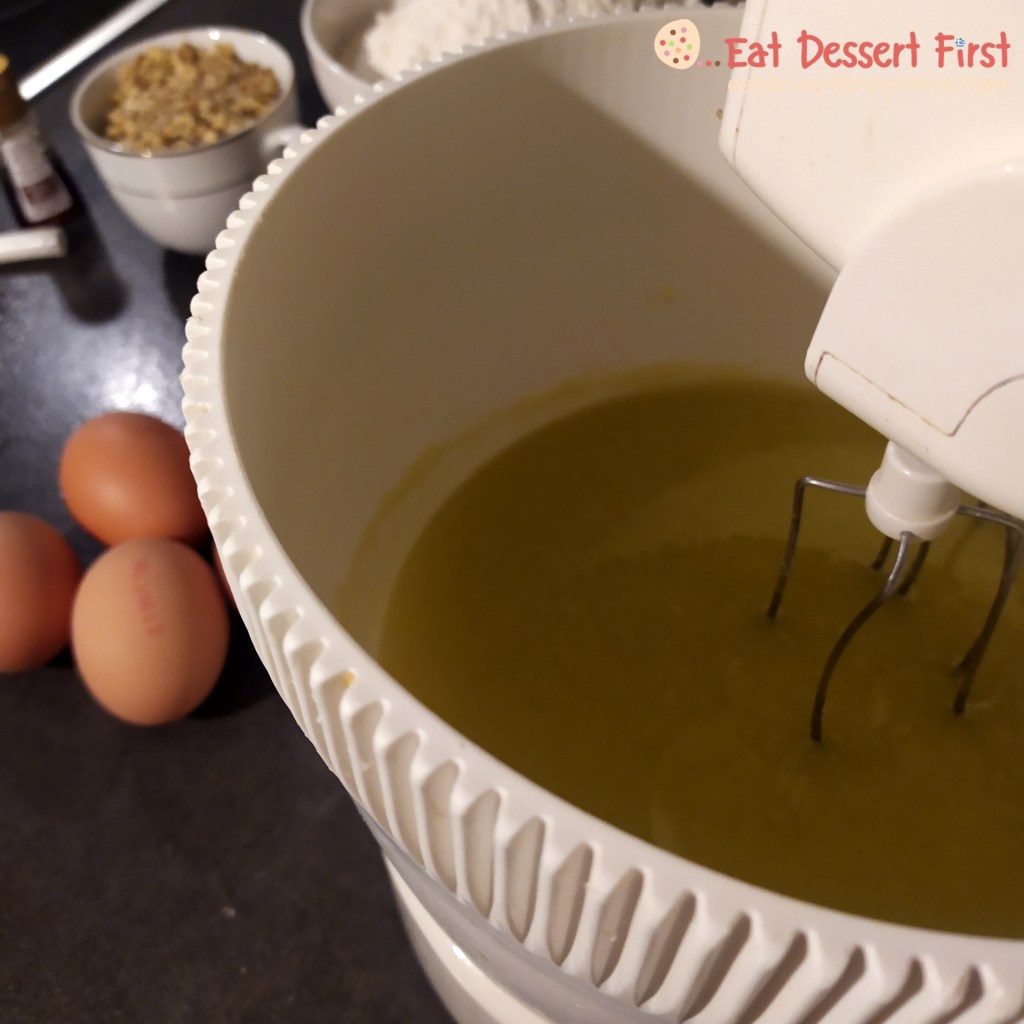
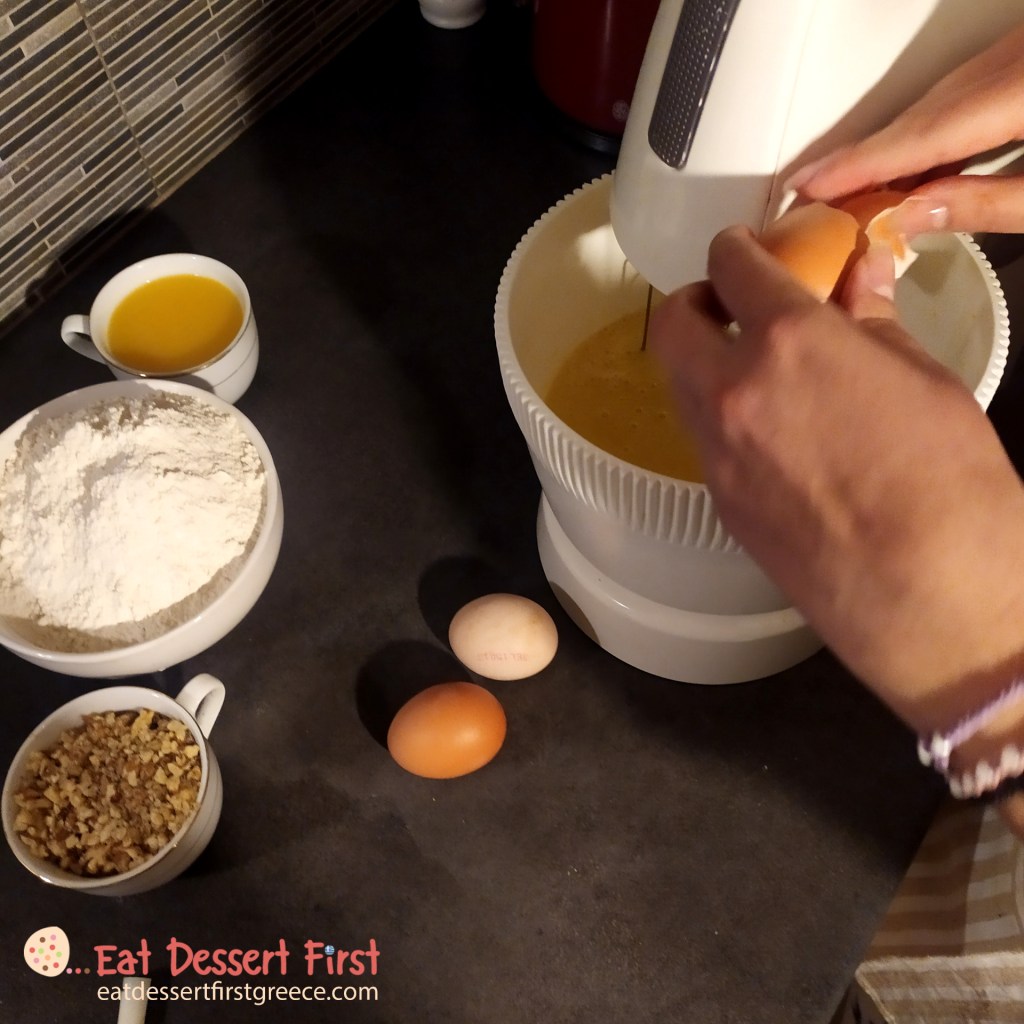
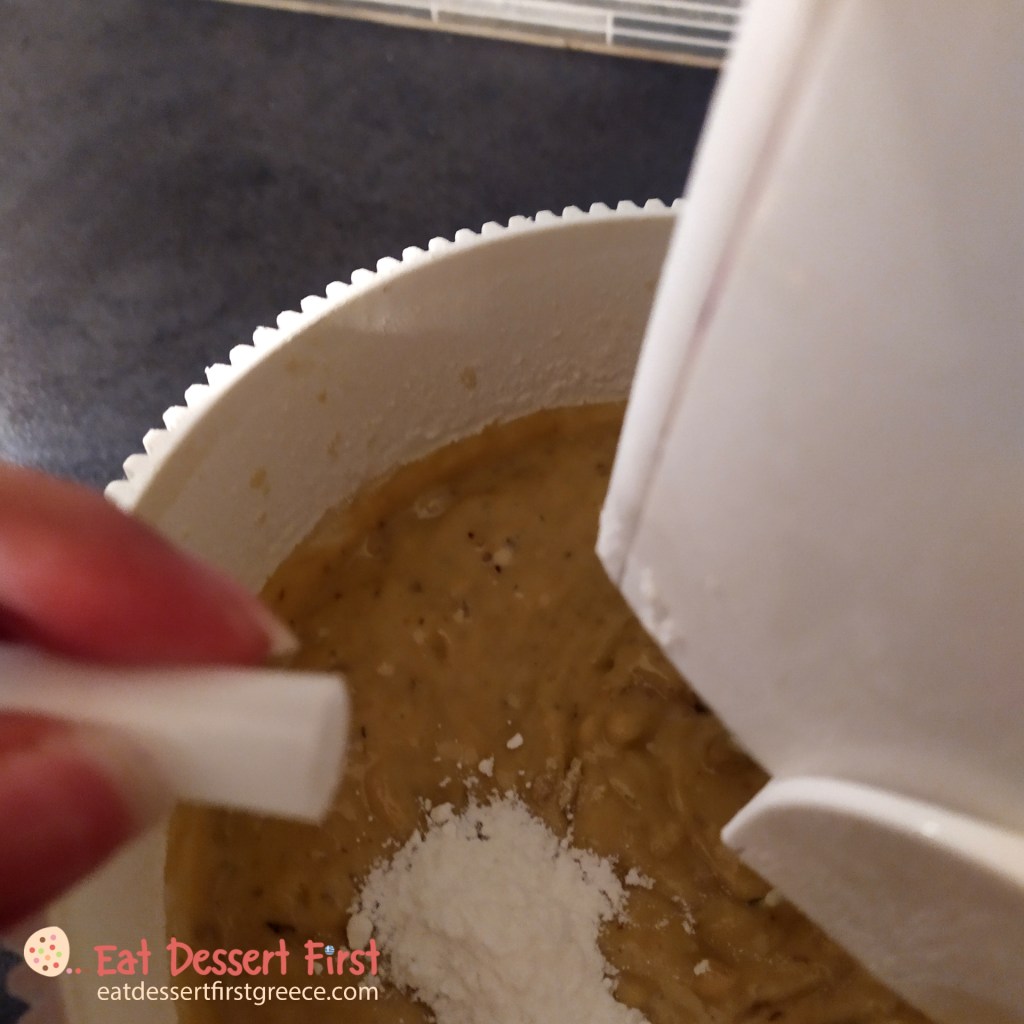
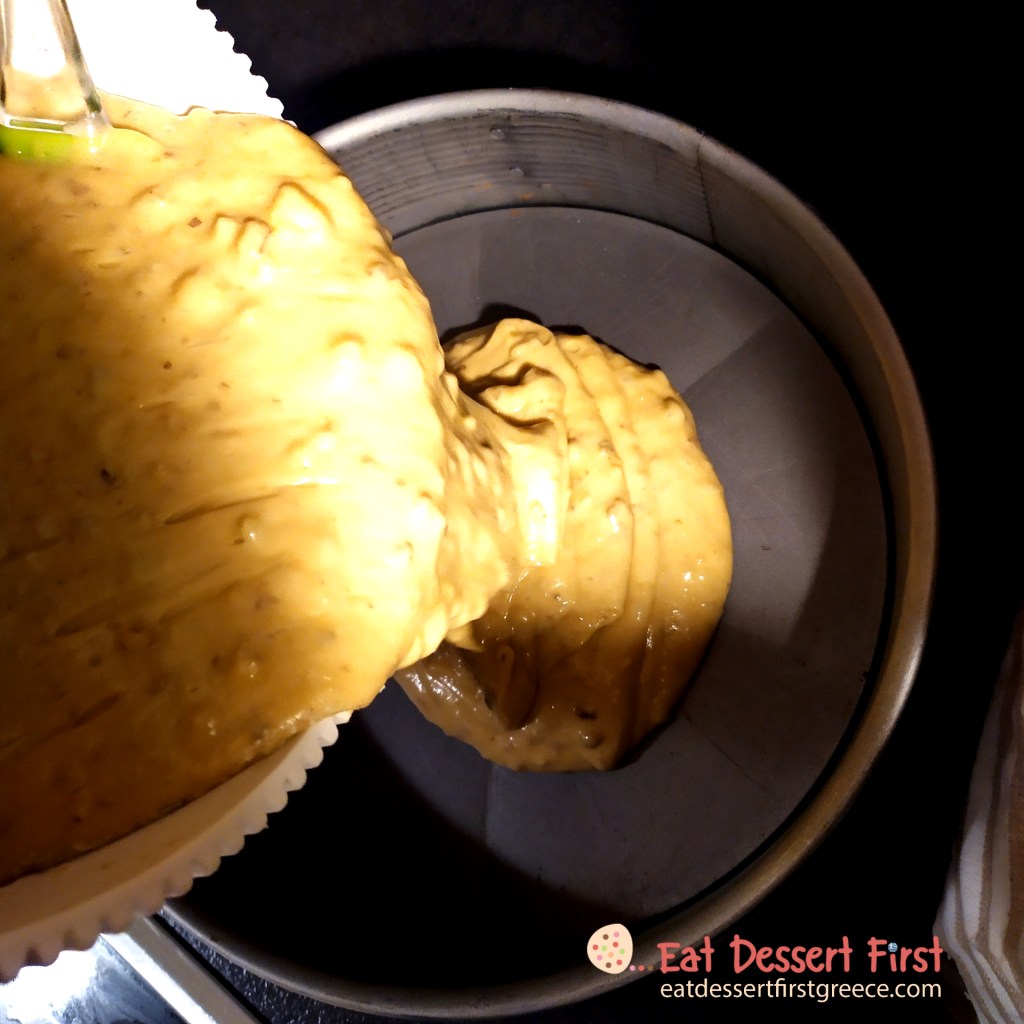
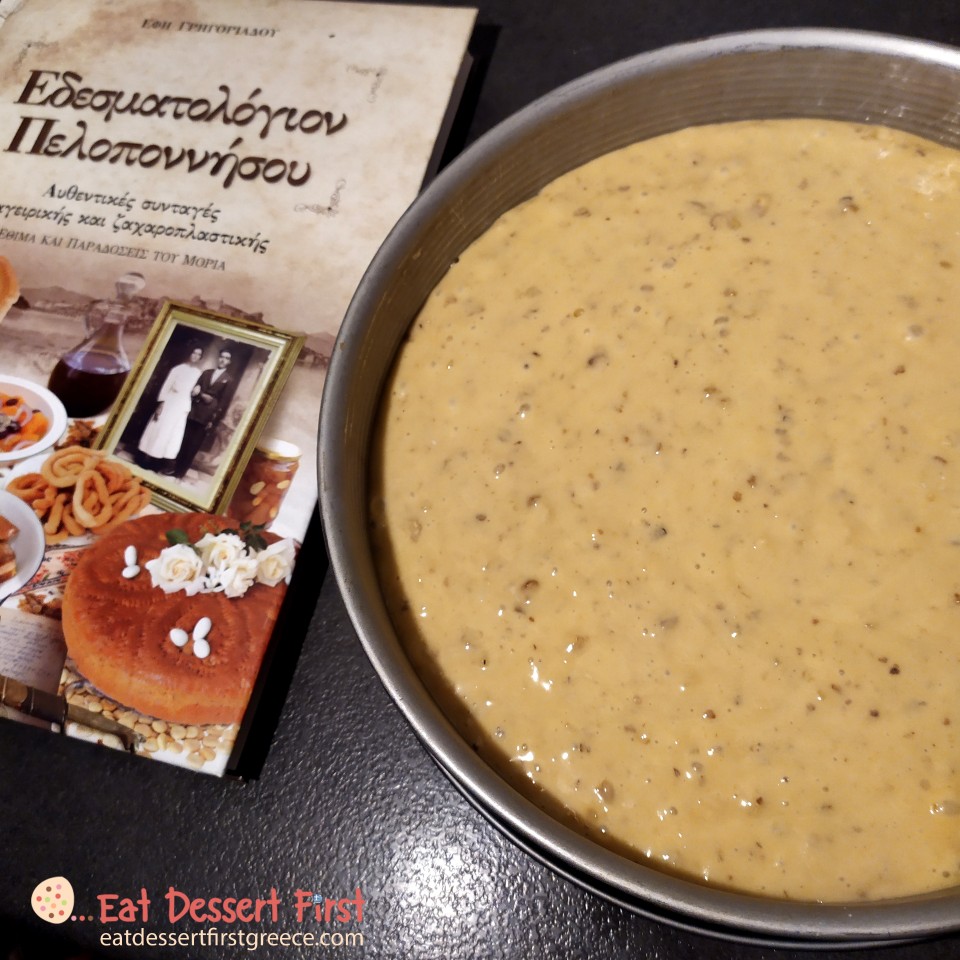


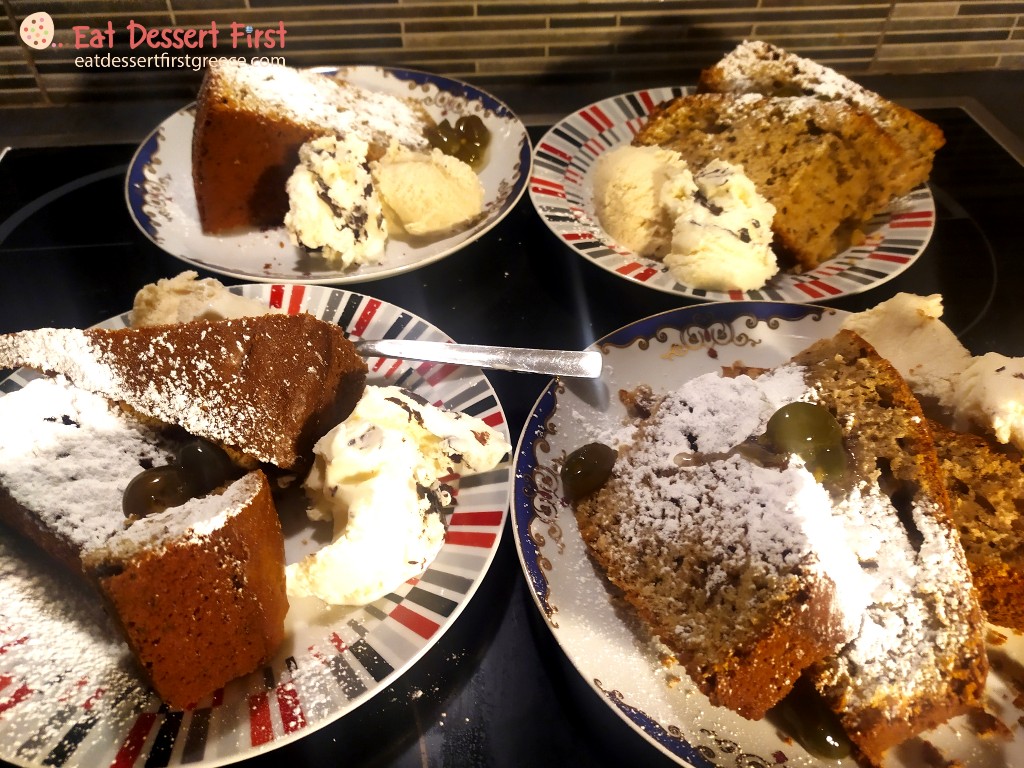
Happy baking to all and everyone!
Read each of our new articles first!
Find us on our social media:
- Instagram: @eatdessertfirstgreece
- Facebook profile: Giorgos Eliza Vlachakis
- Facebook page: eatdessertfirstgreece
- Twitter: @eatdessert1stGr
- Pinterest: eatdessert1stGr
- WordPress: Eat Dessert First Greece
- LinkedIn: Eliza Neofytou
- Reddit: eatdessertfirstgr
Follow us by filling in your email in the field at the bottom of our website, so that every new article will be emailed to you as soon as it is released. Do not forget to confirm your registration, in the email that will come to you! 🤗 Those of you who are wordpress bloggers, just click follow.


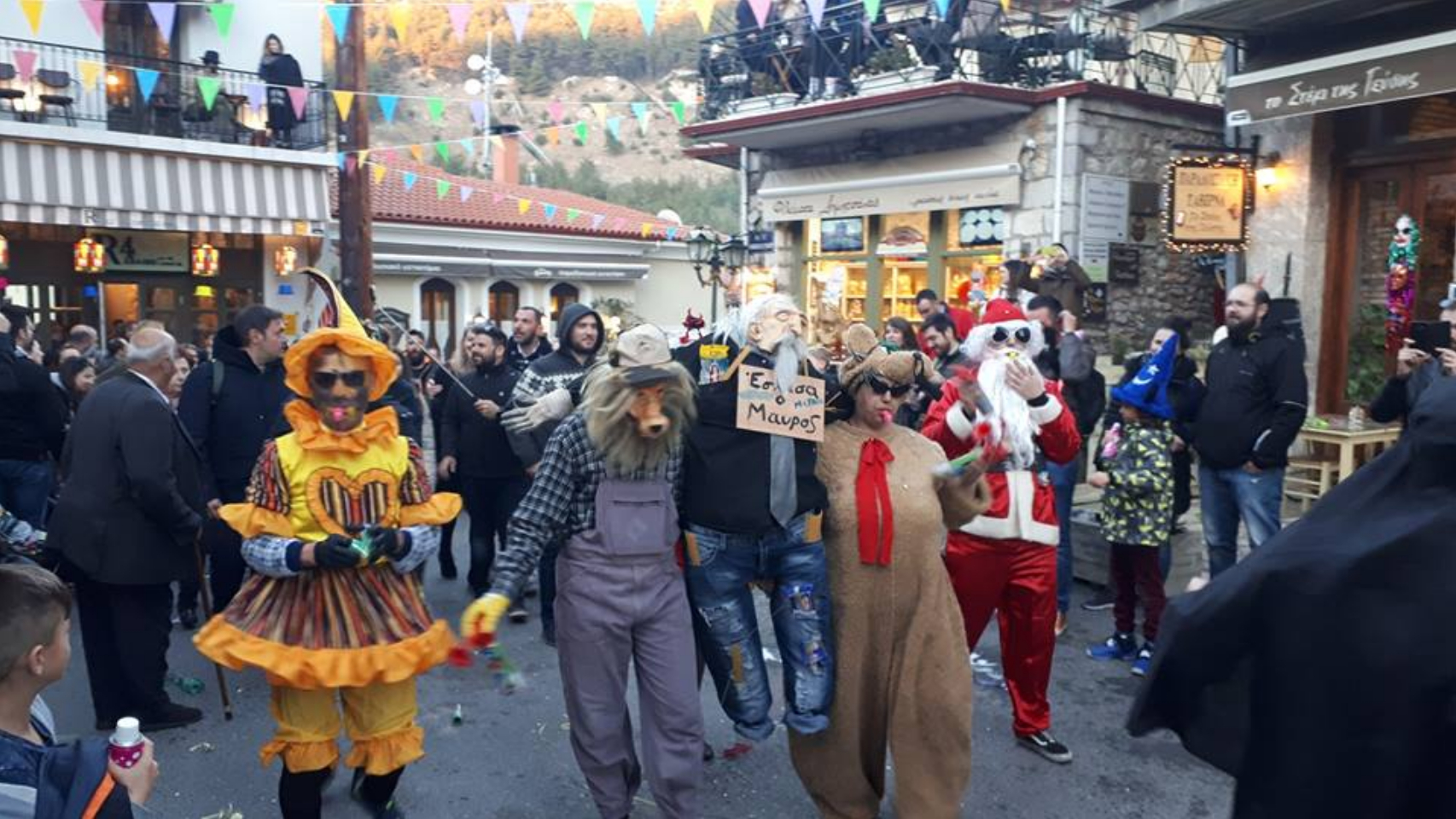
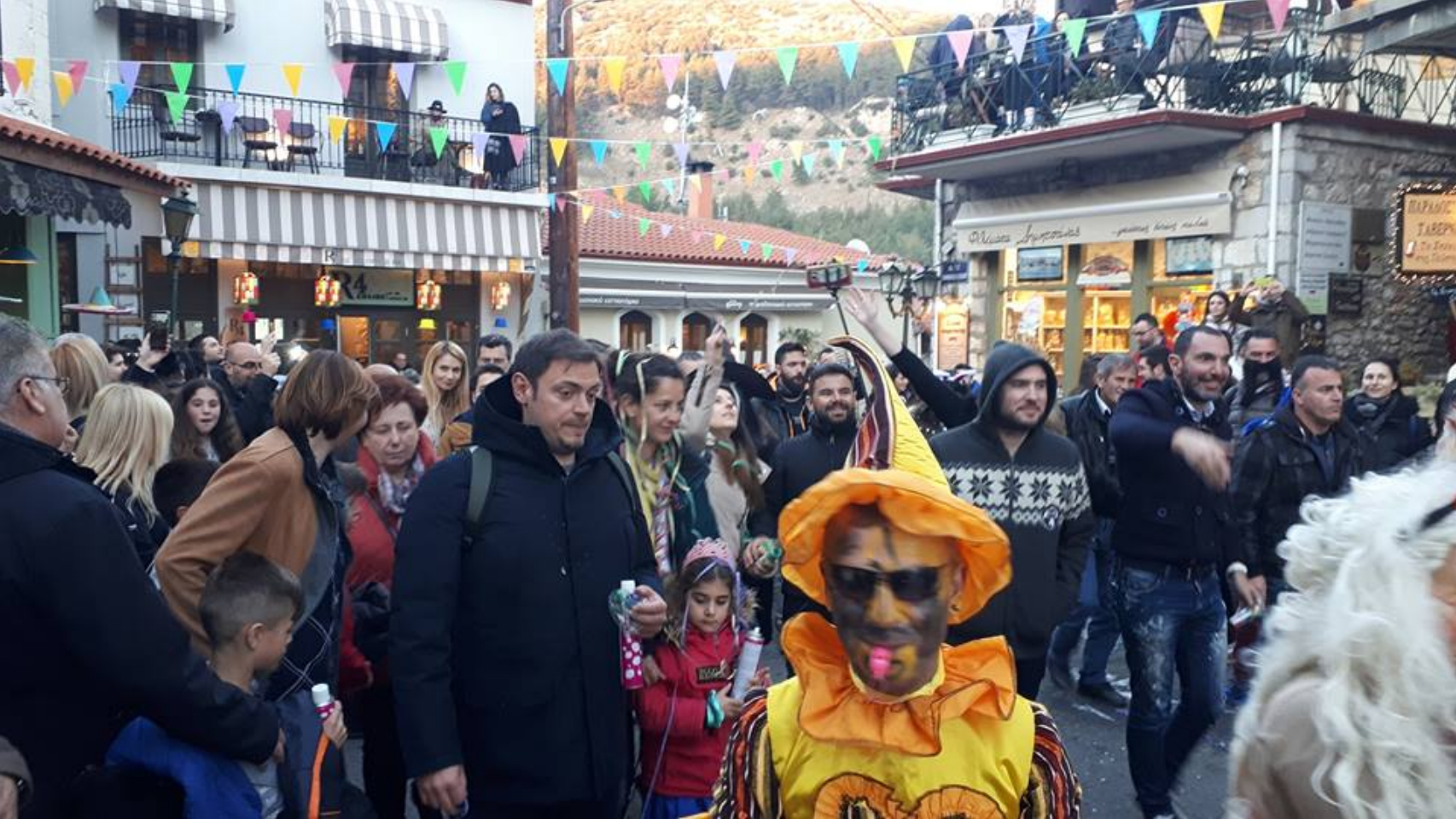
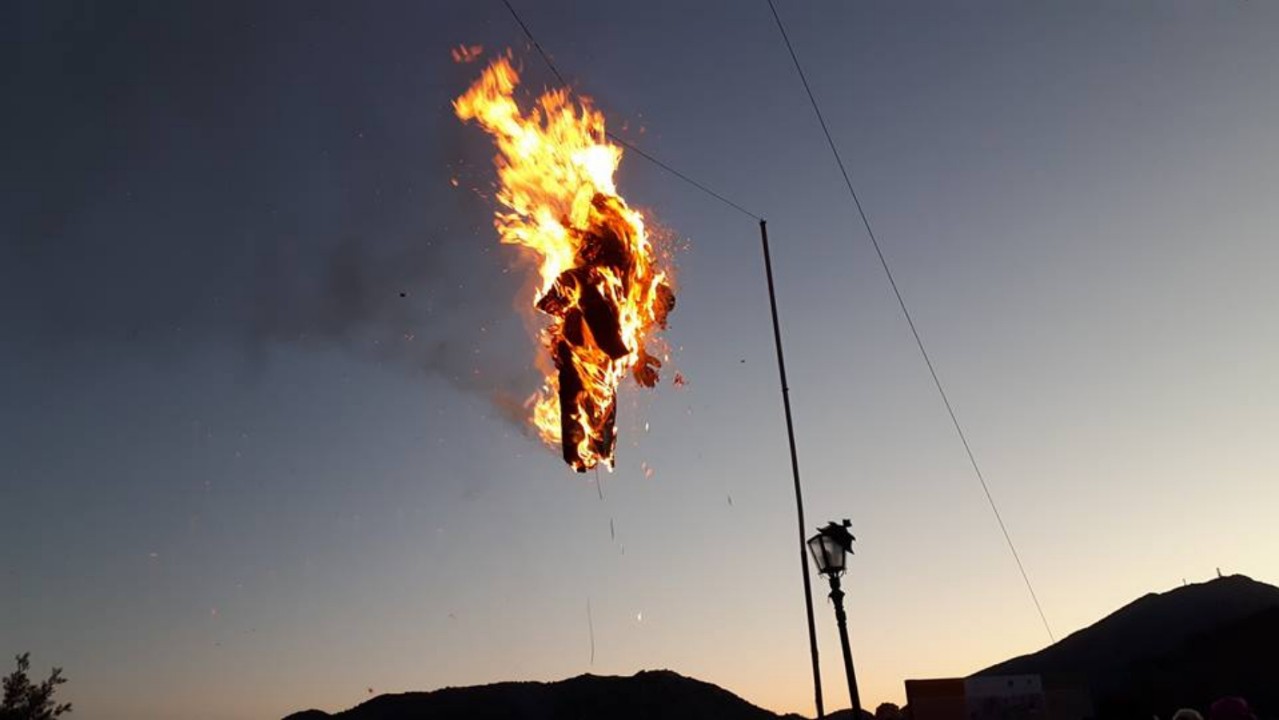
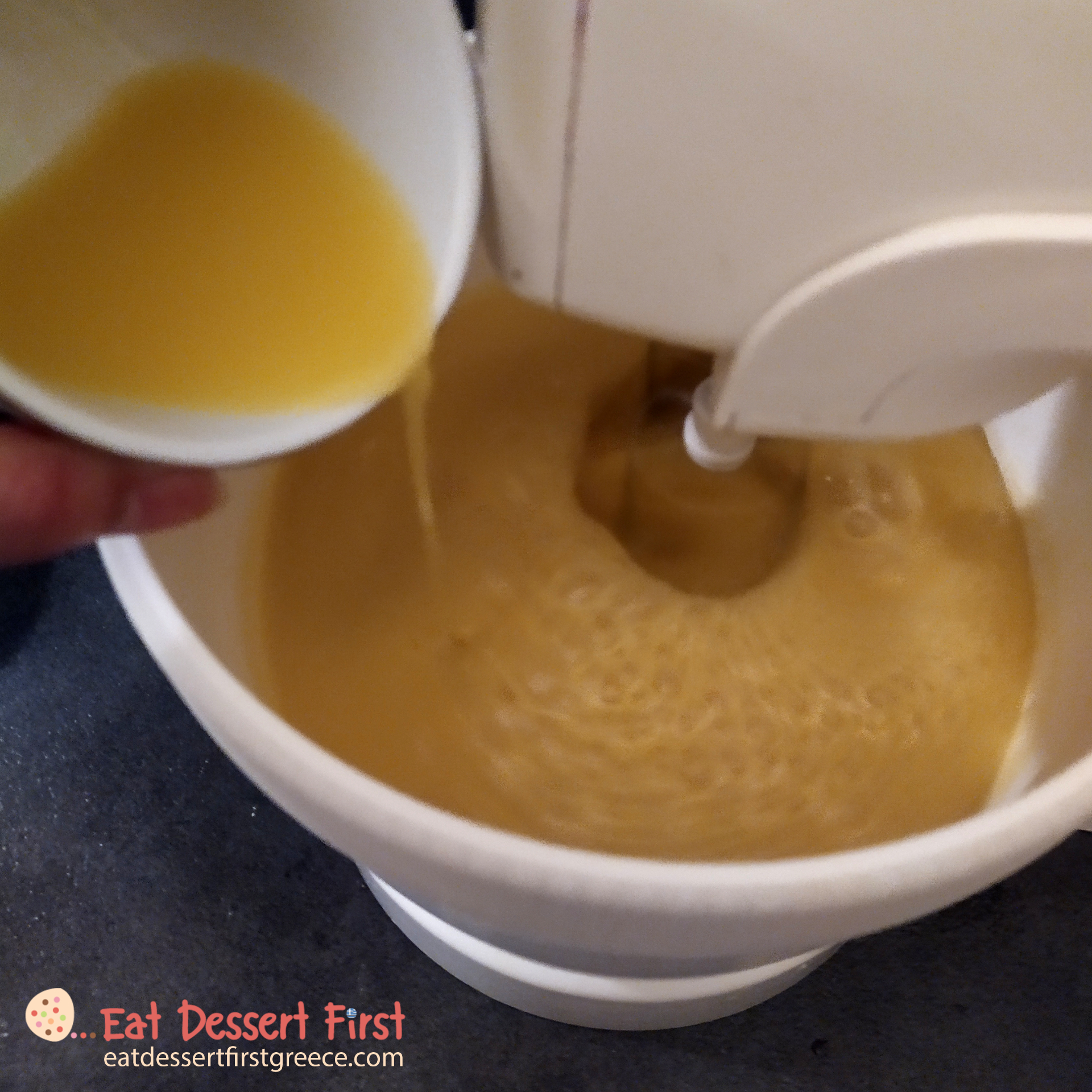
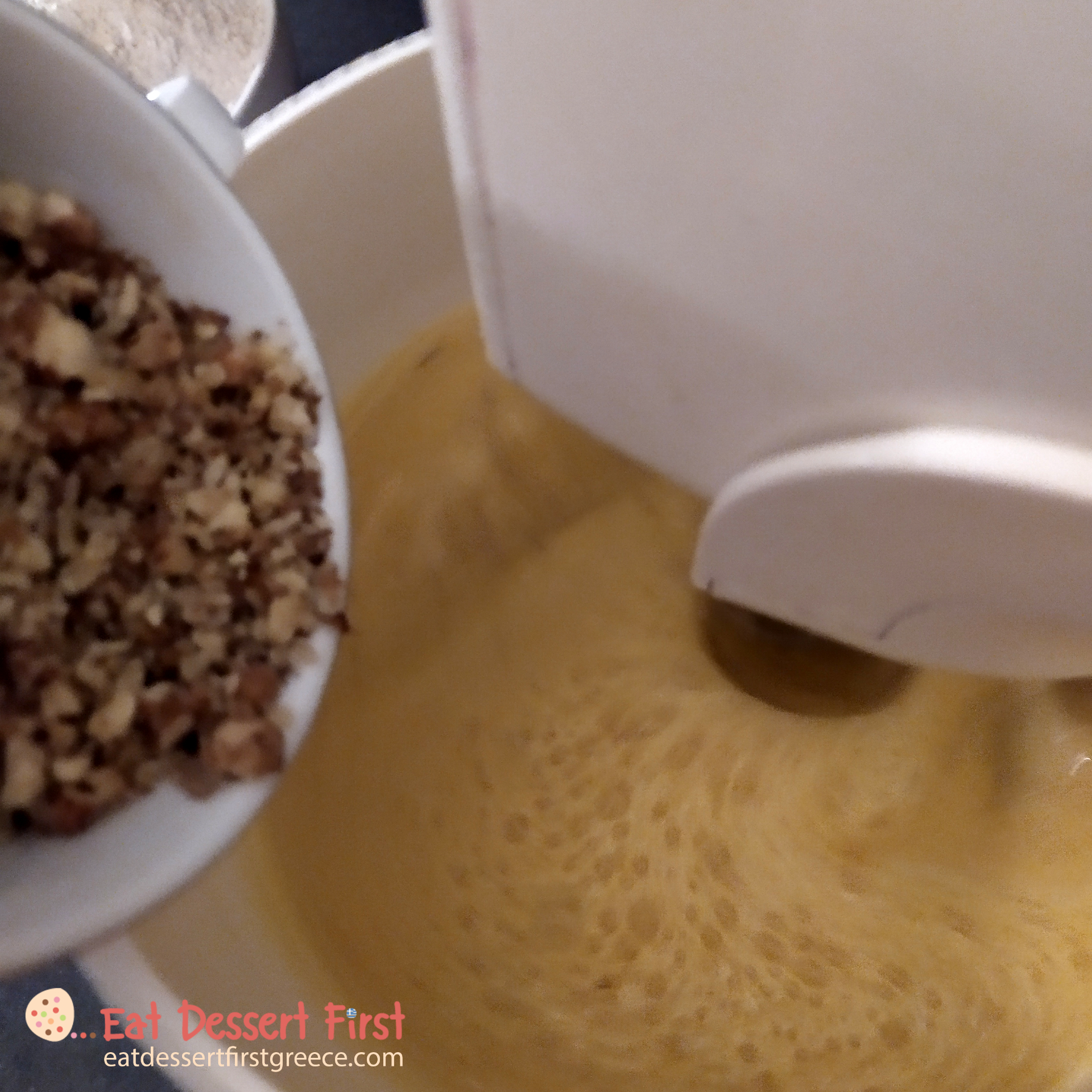
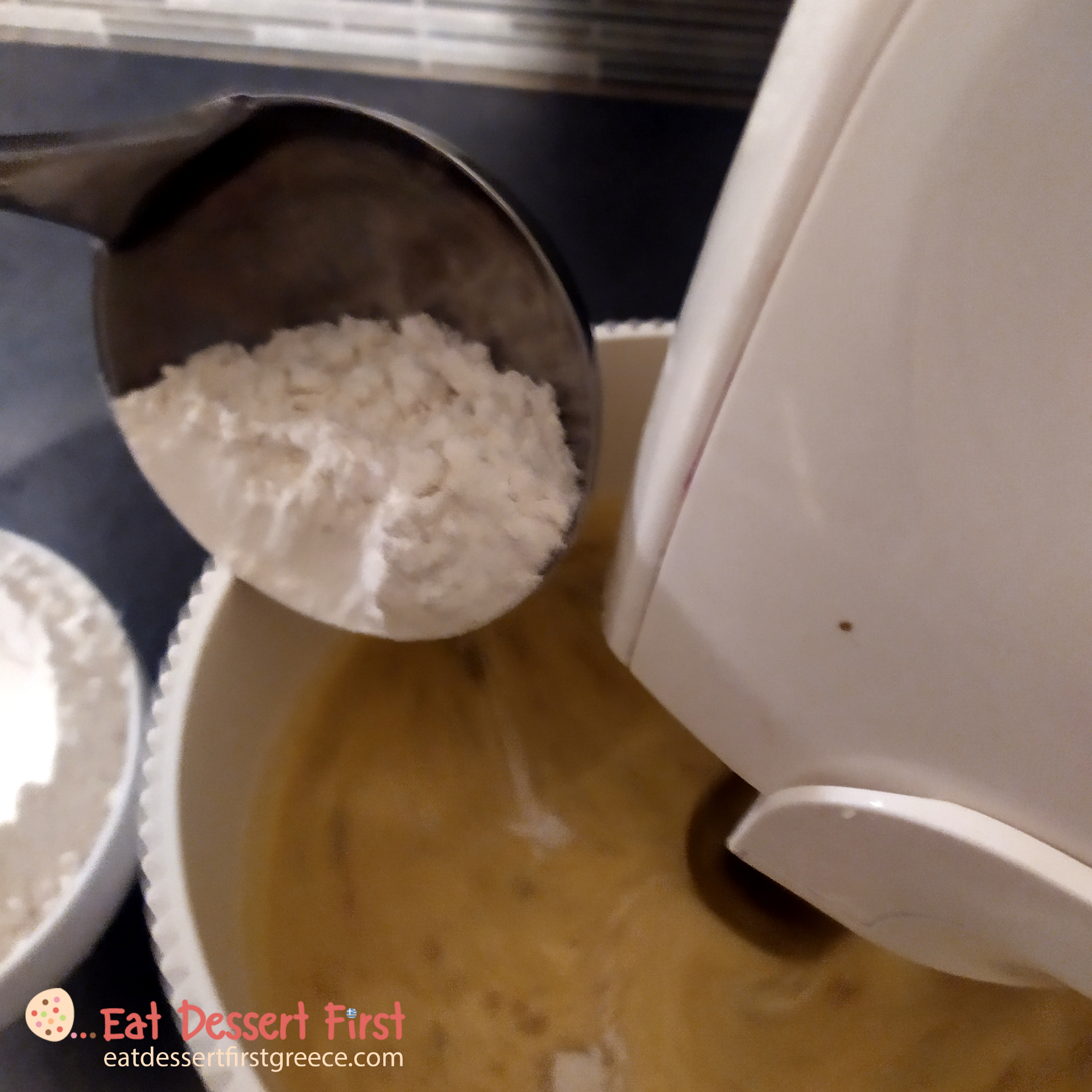
Interesting! I think I’m also going to have to order that book 🙂
LikeLike
Thank you so much our dear friend Aspasia for your kind comment! 😊
LikeLiked by 1 person
Always 🙂
LikeLiked by 1 person
The cake sounds and looks delicious 🙂 coupled with some history and traditions a lovely post 🙂
LikeLiked by 2 people
Thank you so much dear friend Carol for your kind comment! 🙏🙏🌹🌹🌹
LikeLike
Wonderful post and great recipe. I very much enjoyed it.
LikeLike
Thank you so much for your kind comment, Bernadette! 🙏😊
LikeLike
Reblogged this on worldtraveller70.
LikeLiked by 1 person
Ευχαριστούμε θερμά! 😊
LikeLike
Reblogged this on Ed;s Site..
LikeLiked by 1 person
Thank you very much! 🙏🙏😊😊
LikeLiked by 1 person